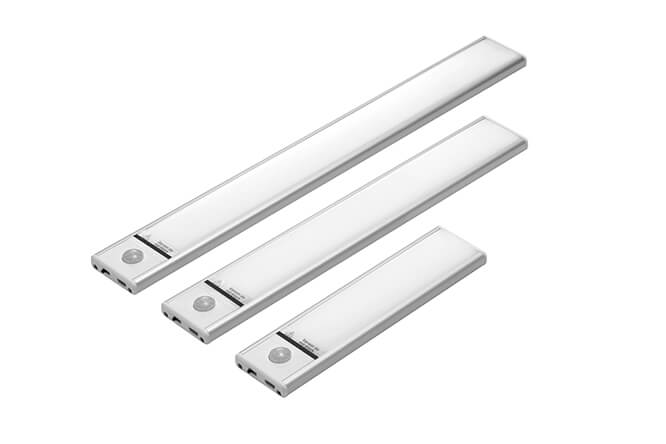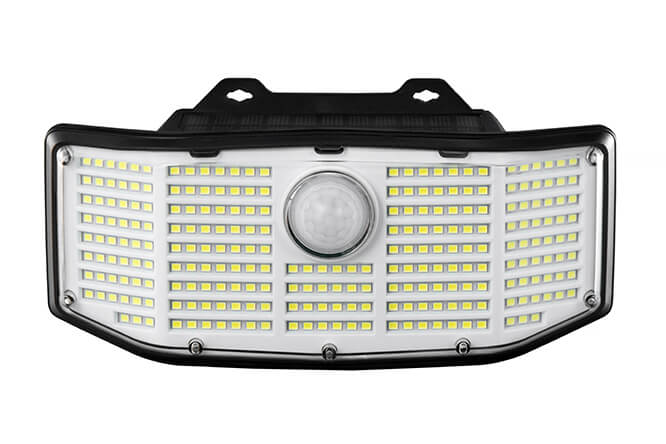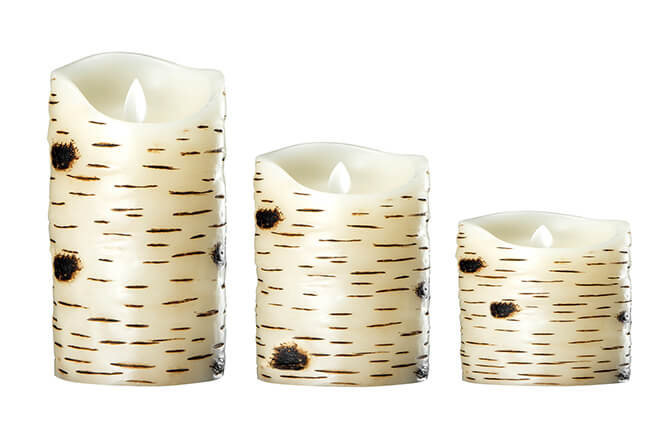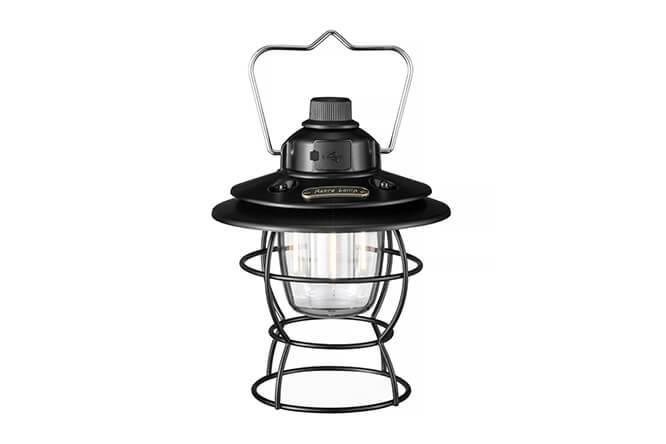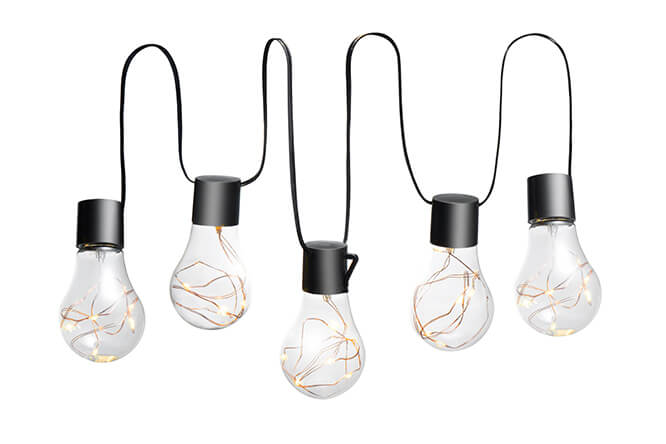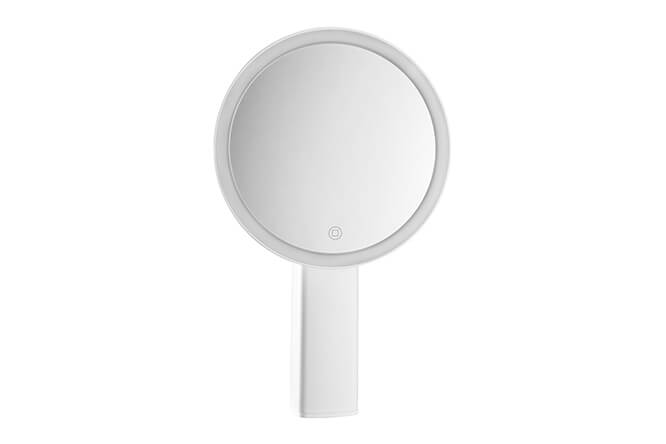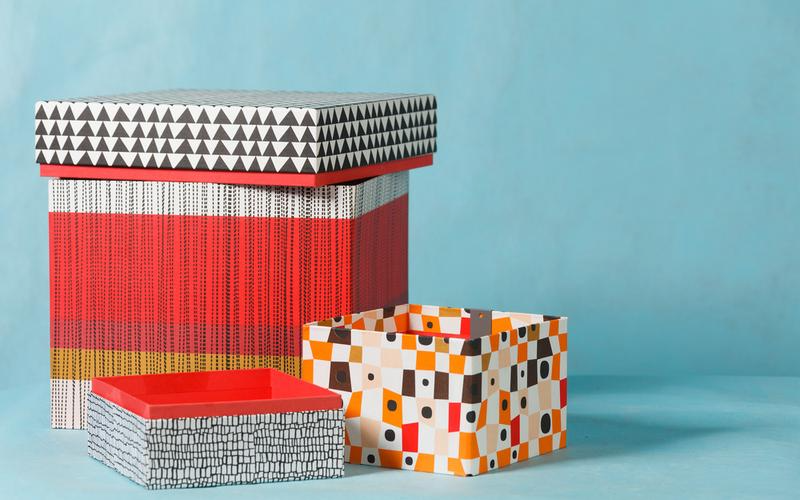A színdobozok egy kiemelkedő típusú csomagolás, amelyet széles körben használnak. Amikor árajánlatokat ad ügyfeleinknek, Gyakran felvesszük szokásos ajánlati feltételként. Amikor a tételek megérkeznek a célországba, A színdobozok előnyösek az egyéni értékesítési csomagolásként, és a szállítás során megóvhatják a termékeket: 1.
1. Alacsony ár
A színdobozok olcsóbbak, mint a hólyagos csomagolás, ami megkönnyíti a költségek ellenőrzés alatt tartását.
2. széles körben elterjedt használat
A színes dobozok ideálisak a különféle felhasználásokhoz, beleértve a szupermarketeket, postai megrendelések, e-kereskedelmi ügyfelek, és promóciós áruk.
3. Egyszerűen ellenőrizhető és cserélhető
Amikor a termék minőségét meg kell vizsgálni, A színes dobozcsomagolás újra felhasználható, szemben a papírkártyával + buborékcsomagolás. Amikor hiba van, Az is egyszerű, hogy kicserélje a szöveget a színdobozon.
4. A műanyaghoz képest, Az újrahasznosított papírtermékek környezeti szempontból előnyösebbek.
Világszerte, A nemzetek egyre inkább ökológiai szempontból érzékenyebbé válnak, és néhányan olyan törvényeket is elfogadtak, amelyek diktálják a műanyag mennyiségét, amelyet a termékcsomagolásban kell használni. A papírcsomagolás csökkenti a csomagolás megsértésének lehetőségét.
A színes doboz elkészítéséhez szükséges lépések
Fehér dobozok, postai sorrendű dobozok, és az ajándékdobozokat gyakran színes dobozokba sorolják, mivel hasonló szerkezetük van, de csak csekély színű és írásban különböznek egymástól.
1. üres dobozok
A doboz fehér, Ahogy a neve javasolja. A doboz, amelyet gyakran használnak az ügyfelek adására, néhány nélkülözhetetlen ügyféladatokkal nyomtatva van, mint például az elem száma, vonalkód, stb.
2. Dobozok a postai megrendelésekhez
A postai sorrendű dobozok többsége barna, Néhányan fehér. Gyakran használják őket postai úton és e-kereskedelem fogyasztói számára.
3. Színes doboz
A fehér doboz most színes nyomtatással rendelkezik. Ne feledje, hogy a színdoboz kialakításának kell lennie, A lehető legnagyobb mértékben megvalósítható, Legyen CMYK formátumban, hogy a terv és a tényleges nyomtatási költség közötti eltérés minimális legyen.
4. Jelenlegi dobozok
Box anyag színe
A felszíni papír és a pitpapír a két kategória, amelybe a színes dobozok alkotóelemei esnek.
1. Rózsaszín és szürke papír, szürke réz, fehér réz, egyetlen réz, csodálatos kártya, aranykártya, platina kártya, ezüst kártya, lézerkártya, trágyapapír, stb. a gyakran használt legnépszerűbb papírok példái.
Fehér háttérrel rendelkező táblák két fajtában kaphatók: egyetlen réz és fehér réz. The fact that they are both white on the front and back is what they share in common. Printing is only permitted on the front side of the paper. Single copper has a coated surface on both the front and the back, and both can be printed.
Both sides of double powder paper are white, but the price is higher. Powder gray paper has one side that is white and one side that is gray. Typically, 250g to 450g of powder gray paper material is commonly used. Coated paper typically weighs 250 to 400g.
2. Pit paper has a basic framework made of two types of paper: smooth kraft paper and wavy paper, which are jointly referred to as the paper core. Usually between 120 and 160g, but possibly 200g as well. The core’s thickness has previously ranged from 130 to 160g to 100 to 140g, and it is entirely made from waste paper.
OPP bags or bubble bags are frequently used in conjunction with a single layer of paper when the product is reasonably compact and robust. If
One or more layers of corrugated paper are adhered to or sandwiched between multiple sheets of boxboard to create a corrugated board. Simply put, it has a cushioning and shockproof effect because a layer of corrugated board is placed between two pieces of paper. Corrugated boxes are strong and resilient because of this.
The way colorful boxes are packaged
In daily life, the tube box is the most prevalent type of packaging. The majority of color boxes, including those for food, medication, and everyday items, employ this style of packaging. There is a sticky mouth on the side of the box, and the basic shape of the carton is a quadrilateral, which can be expanded to a polygon on this basis. Its characteristics include the need to fix or seal the lid and the bottom of the box during the molding process by shaking the wings and folding (or gluing), the fact that most of them are monolithic structures (the unfolding structure is a whole), and the fact that most of them are monolithic structures. The manner in which the lid and bottom of tubular boxes are put together mostly reflects the differences in their structural characteristics.
Normal top lid locking technique
We recommend that this insert mode must include a spherical paste to ensure stiffness for the most fundamental locking mouth method.
Double insurance insertion type with a rocking lid
This structure makes the rocking lid highly solid and subject to a double bite. The rocking lid and the lid tongue bite mouth can also be skipped, making it easier to repeat opening the use several times.
Type of mouth-locking
The insert locking produced by this construction through the front and back of the two sides of the rocking cap interacting with one another results in a more robust seal, but assembly and opening are a little challenging.
anti-counterfeit disposable type
The employment of tooth-shaped cutting lines, which might cause damage to the packaging structure as the consumer opens the box and prohibit its reuse for illegal activities, characterizes this form of packaging construction.
Put the self-locking bottom out.
They are made to bite into each other using the four swinging wings at the base of the tubular box. It has some load-bearing capacity and is simple to assemble. It should be mentioned that consumers frequently choose to print the barcode on the bottom of the box. It is typically utilized for the bottom of coloured boxes. It should be remembered that after the insert is finished, the barcode cannot be blocked because doing so will make it difficult for buyers to scan the code.
Common color box surface treatments
If no surface treatment is applied, the printed materials will quickly fade when exposed to ultraviolet light since the face paper of color box printing is printed with ink. The color box becomes smoother and brighter after being laminated or oiled. It also serves as moisture-proof, water-proof, stain-proof, wear-resistant, stb., and increases the color box’s useful life.
1. Coating
a. lustrous film
The printed content is more difficult to remove from a box covered in glossy film, and the box will be more sturdy.
Matrix film
The matte film will give the box a more modern appearance, but it has the drawback of making the box surface more vulnerable to scratches, necessitating more care during packaging and shipment.
2. oiling
White boxes in general can opt for oiling, which will result in a minor price reduction. The same can contribute to increasing the service life of the color box by reducing scratches, color loss, and soiling.
When laminating, different substrates require different temperatures. If the laminating substrate is gold cardboard, the laminating steel roller’s temperature should be kept between 70 és 80 degrees Celsius; if it’s 250 or 300 grams per square meter of gray whiteboard paper, the temperature should be between 80 és 90 degrees Celsius. Whiteboard paper is absorbing moisture much more than gold cardboard while it is being placed. If the temperature is not set properly, the laminated products will not have light, especially on wet and winter days.
Color box common surface printing
1. standard printing
the most basic 4-color printing method, CMYK
2. Upgraded printing ensures the creation of exceptional visual effects on all varieties of color packages, labels, publications, and advertising prints.
a. When a designed graphic is engraved on a metal plate and then stamped onto the material to be foil stamped, the process is known as foil stamping. Zinc plate, magnesium plate, and copper plate are often the materials used for foil stamping.
A UV curing lamp must be paired with ink that contains a photosensitizer for the Ultra-Violet Ray printing technique to successfully dry and cure the ink through ultraviolet light. frequently used to draw attention to the LOGO and important information like the lumen count, passed certification, stb.
c. The printed picture has a sense of granularity, increasing the luster and brightness of the pattern, more exquisite than the previous pattern, better visual effect, and more focused. Dazzling: Dazzling heat transfer pearl film, black ink layer with pearl layer, pearl powder particles are wrapped to form a sense of granularity, can produce a dichromatic effect.
d. Továbbá, there are embossing, laser, embossing printing, stb.
Shipping color box points
We will assist customers in selecting the ideal packaging for each new product’s initial shipment.
1. Inserting
The ideal technique to install color boxes with airplane holes is in pairs. We need to think about whether it is practical to invert the product for the top and bottom or left and right pairs.
2. Tightness
To better protect the box, the outer box is a little tighter. The color box will easily be damaged during transit if the outer box has too much room since it will wobble.
3. We can add plastic corners for e-commerce clients with strict standards.
To protect the four corners of the outer box that are most likely to be bumped, we typically add triangle plastic for e-commerce customers.
The following details regarding order follow-up should be taken into consideration for the color boxes.
1. All color boxes should be proofed before printing to ensure that the design is clear and the box size is accurate.
2. The color box with printing should be more attractive, pay attention to the sealing location, and be placed in the back of the non-display.
3. The color box’s airplane hole size should be appropriate for the customer’s needs in the destination nation.
4. The certification icons must be updated in accordance with the requirements of the customer’s destination country; those that are no longer applicable must be removed promptly; and those that have been updated must be used.
5. The words “Made in China” or “Made in the P.R.C.” must be printed on each piece of packaging.
The color box has FSC certification.
The official video at https://www.youtube.com/watch?v=sxxGLwVOMiM describes FSC certification in great detail.
The purpose of FSC certification is to support ethical worldwide forest management. It acknowledges unbiased third-party certification bodies that can accredit forest management organizations and businesses that process forest products in accordance with FSC standards.
FSC stands out from other forest certification systems because it offers the highest level of protection for natural forests and endangered species.
Paper products with an FSC certification are more environmentally beneficial, to put it simply!

